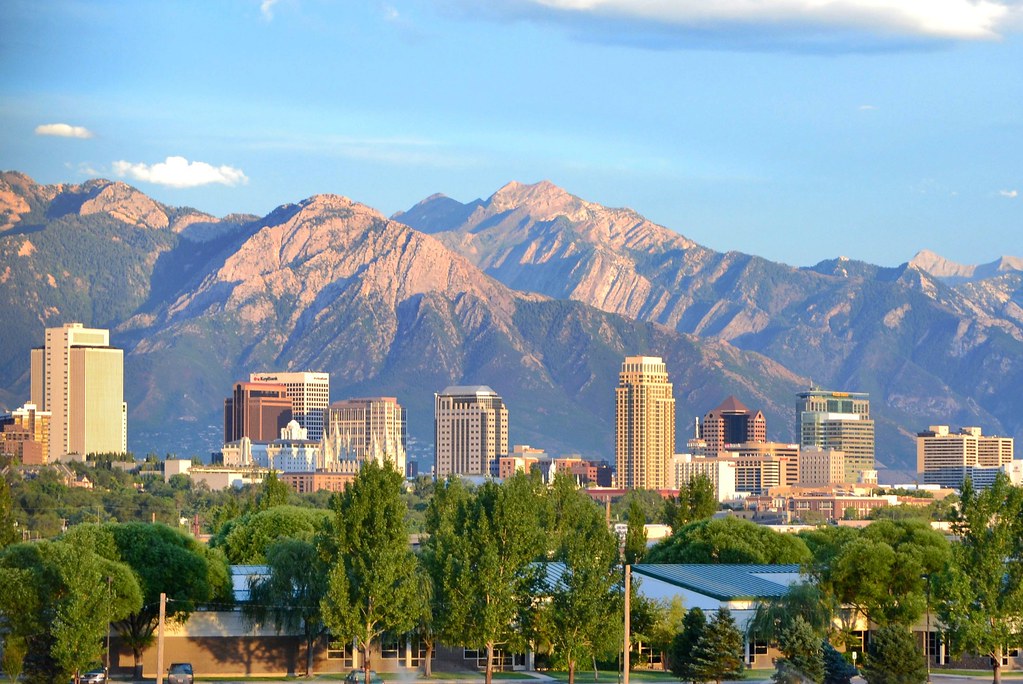[datacenter_tag_image]


Utah stands at a pivotal moment in shaping its energy future. On August 19, leaders from government, industry, and the utility sector gathered for the Energy Roundtable, hosted by the Business Council for Sustainable Energy (BCSE) and the Abundance Institute. The event focused on how Utah can meet the growing demand from advanced industries such as data centers and high-tech manufacturing.
The discussions highlighted both the urgency of the challenge and the opportunities for policy innovation to strengthen grid resilience and support long-term economic development.
A Shifting Energy Landscape
Energy planning in Utah must navigate the tension between near-term needs and long-term objectives. On one hand, there is an urgent push to add capacity quickly to meet large loads. On the other, long-term investments in dispatchable and low-carbon resources such as geothermal, nuclear, and other emerging technologies are recognized as essential for the decades ahead.
Roundtable participants emphasized the need for an “all of the above” energy strategy, balancing near-term efforts with longer-term investments. While some of these resources are years away from full-scale deployment, Utah’s growth trajectory requires immediate action to expand both generation and transmission capacity. Policymakers and energy providers agreed that supply growth cannot be the sole focus. Progress on transmission and distribution infrastructure, coupled with demand-side flexibility – the ability of customers to adjust electricity use in response to grid conditions through voluntary measures like reducing load during peak hours, shifting usage to off-peak times, drawing on on-site storage, or relying on co-located generation facilities – is essential to keep pace with new large loads.
Speed of interconnection emerged as a recurring theme at the roundtable. Industries seeking to expand in Utah require rapid access to reliable and affordable energy. In some cases, behind-the-meter or distributed generation can provide a bridge while utility-scale resources and grid connections are developed. Yet the long-term objective became clear: integration with the broader grid under models that maintain affordability and resilience is a necessity.
The Utility Challenge
Traditional utility models are not designed to connect large new loads quickly. Existing tariff structures often do not provide the flexibility needed to balance cost recovery, risk allocation, and reliability. At the same time, policymakers, consumers, and utilities are recognizing that ratepayer protections must be preserved and that stranded cost risks need to be managed. Ongoing regulatory proceedings, including implementation of Senate Bill (SB) 132, will be central to shaping a new framework that enables faster interconnection while distributing costs fairly.
SB 132 established three potential pathways for integrating large loads: special contracts with utilities, third-party generation, and behind-the-meter resources. Each path carries distinct advantages and challenges, but the key policy question is how to align these options with long-term planning horizons and the capital-intensive nature of energy infrastructure.
Policy Pathways for Grid Flexibility
The roundtable discussions pointed to several clear policy pathways that can help Utah align energy supply with rapid economic development:
SB 132 provides a framework to move quickly, but a transmission access design must balance speed with fairness. Mechanisms that allow large-load customers to contribute to infrastructure upgrades while maintaining protections for existing ratepayers will be critical. Far from being a threat to consumers, leveraging flexibility from co-locating energy assets alongside large loads may reduce costs for all customers by distributing infrastructure costs of the system across more users.
Lengthy permitting processes are among the most significant barriers to timely project delivery. By expanding permitting office capacity and leveraging modern modeling tools, timelines can be accelerated to provide greater certainty for investors.
Distributed energy resources, including generation and storage located near load centers, can provide reliable near-term solutions as they can deploy quickly, with affordability and reliability benefits in the long-term. Clear regulatory pathways and close collaboration with local utilities will allow these resources to provide speed over the next several years, until larger grid upgrades are in place.
A mismatch exists between short-term operating needs and long-term planning models. The incorporation of demand-side resources, virtual power plants, and distributed generation into planning frameworks will create mutually beneficial outcomes for both large-load customers and utility systems.
Dispatchable resources will remain critical to balance intermittent renewables and maintain reliability. Near-term deployment of natural gas generation and renewables paired with storage are critical to address immediate demand needs, while longer-term investments in nuclear and geothermal can deliver sustained capacity with low emissions.
Putting Policy Into Action for Utah’s Energy Opportunities
Utah has a long history of innovation and adaptability in energy. The roundtable underscored that regulatory certainty, more than financial incentives, will determine whether the state can sustain its efforts to attract advanced industries. Success will mean a grid that is flexible enough to accommodate rapid growth, resilient against stress, and affordable for households and businesses alike.
The solution is less about a single technology or policy and more about how all the pieces fit together. By advancing flexibility tariffs, streamlining permitting, embracing bridge solutions, and planning across both short- and long-term horizons, Utah can reshape its energy infrastructure to sustain economic growth and strengthen resilience for decades to come.
This article was originally published by The Business Council for Sustainable Energy.